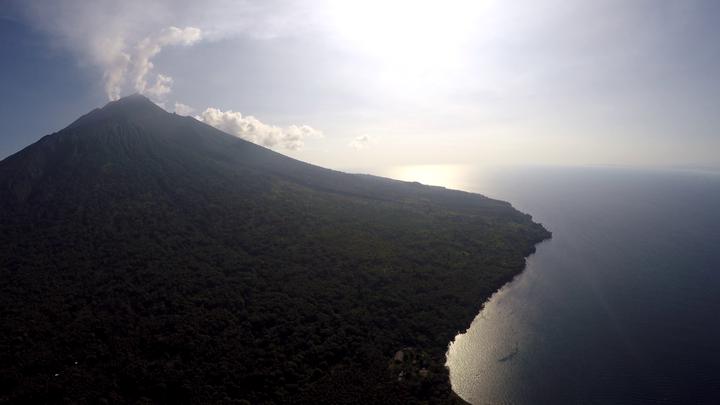Aerial strategies advance volcanic gas measurements at inaccessible, strongly degassing volcanoes
 Aerial view of Manam Island, October 2018.
Aerial view of Manam Island, October 2018.Abstract
Volcanic emissions are a critical pathway in Earth’s carbon cycle. Here, we show that aerial measurements of volcanic gases using unoccupied aerial systems (UAS) transform our ability to measure and monitor plumes remotely and to constrain global volatile fluxes from volcanoes. Combining multi-scale measurements from ground-based remote sensing, long-range aerial sampling, and satellites, we present comprehensive gas fluxes—3760 ± [600, 310] tons day−1 CO2 and 5150 ± [730, 340] tons day−1 SO2—for a strong yet previously uncharacterized volcanic emitter: Manam, Papua New Guinea. The CO2/ST ratio of 1.07 ± 0.06 suggests a modest slab sediment contribution to the sub-arc mantle. We find that aerial strategies reduce uncertainties associated with ground-based remote sensing of SO2 flux and enable near–real-time measurements of plume chemistry and carbon isotope composition. Our data emphasize the need to account for time averaging of temporal variability in volcanic gas emissions in global flux estimates.